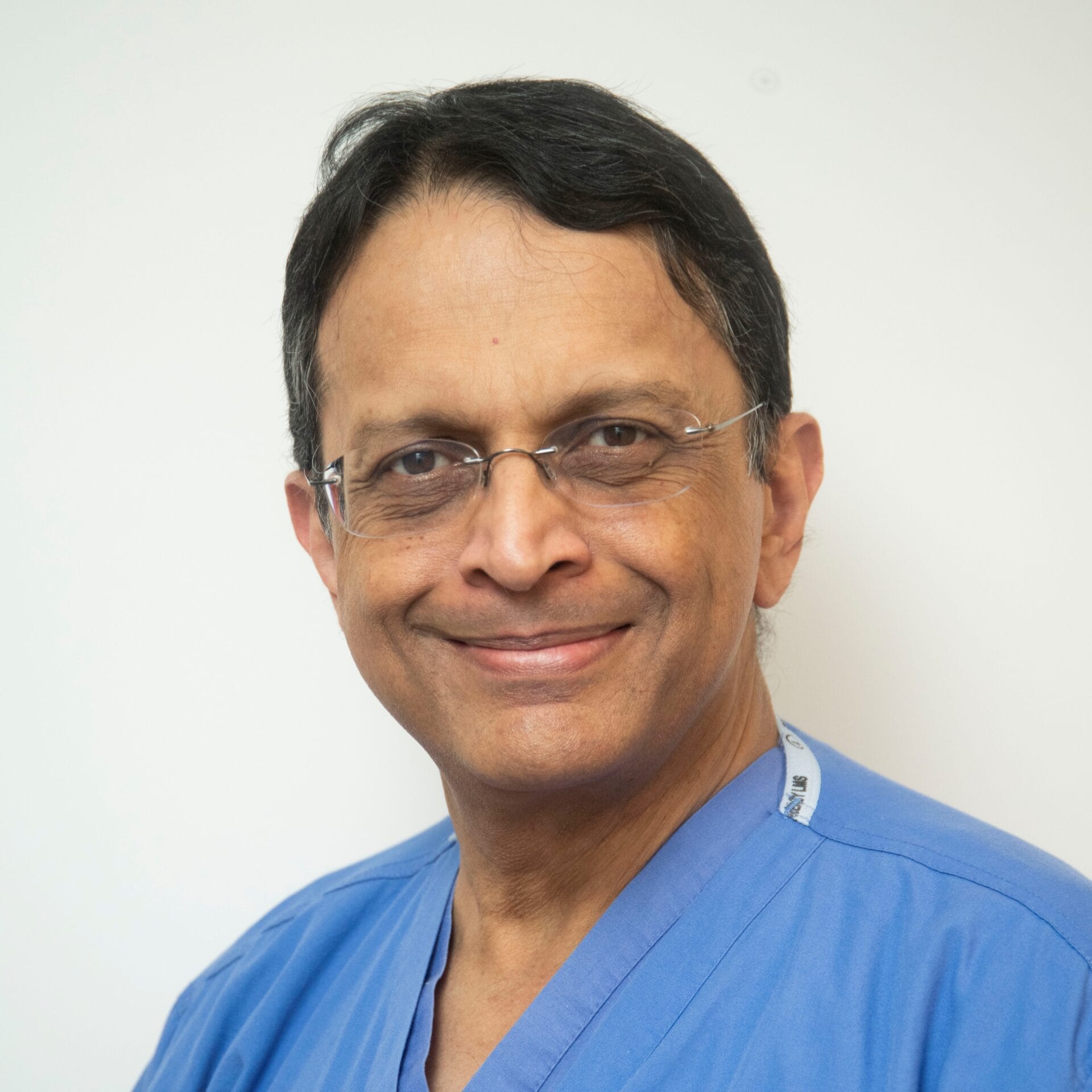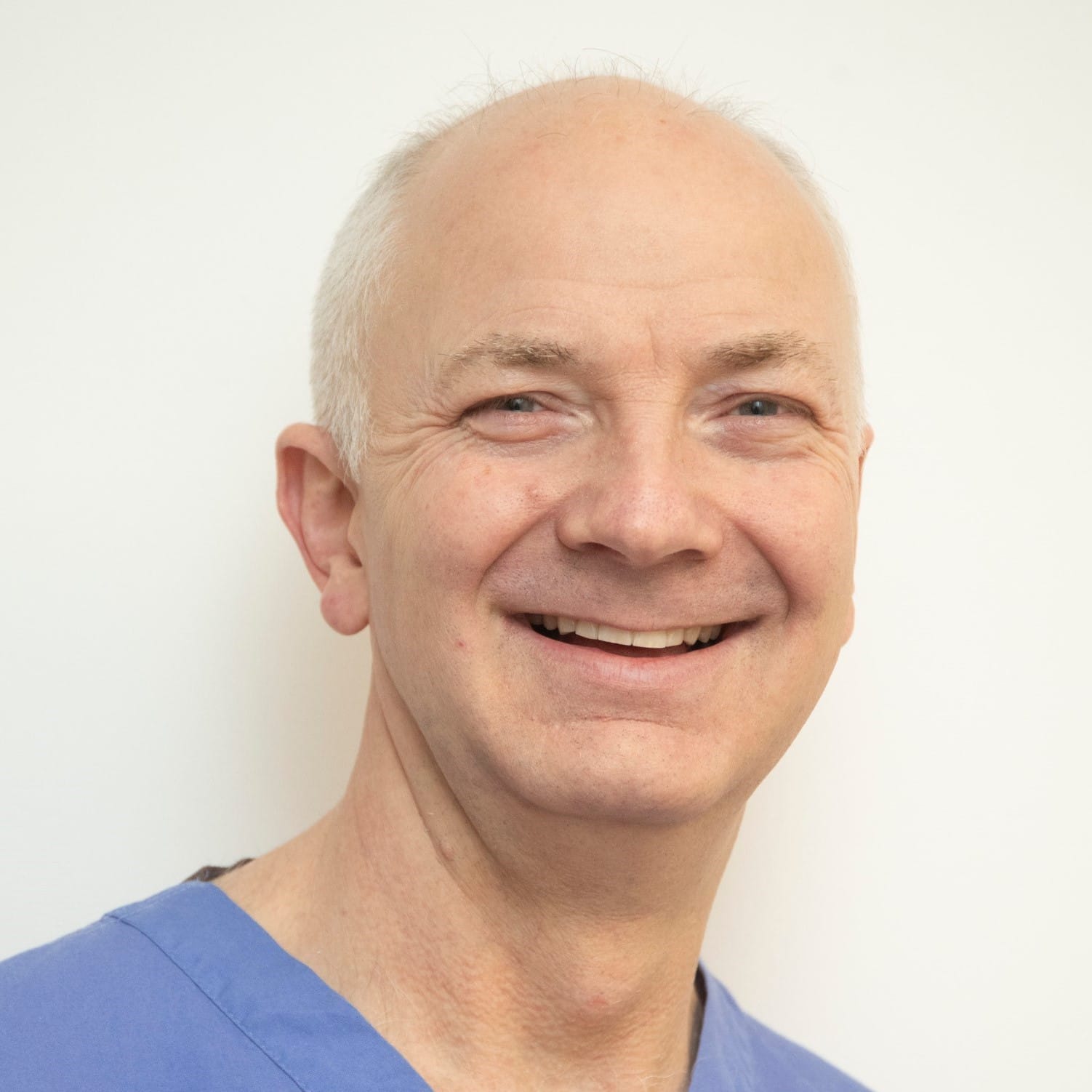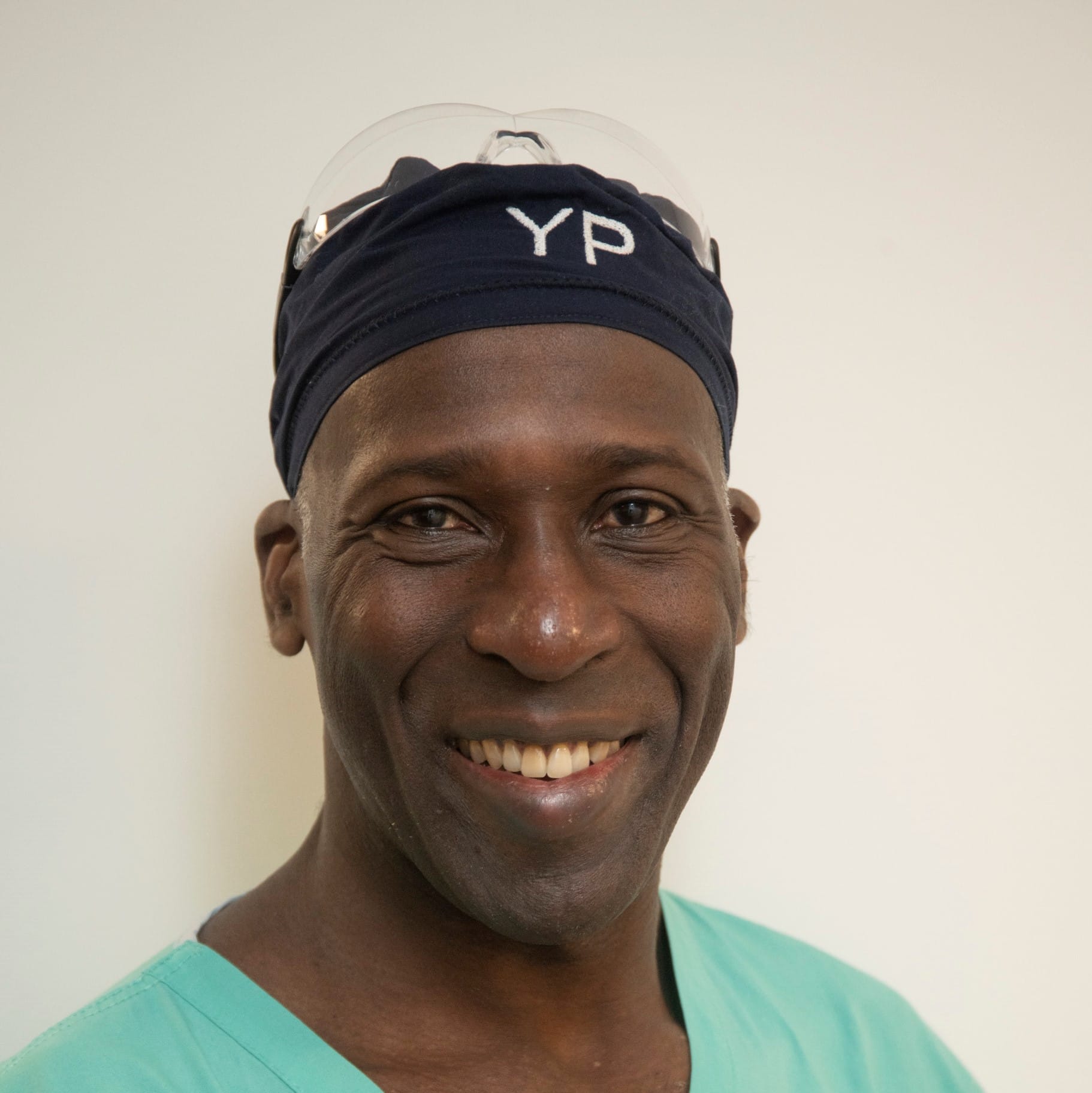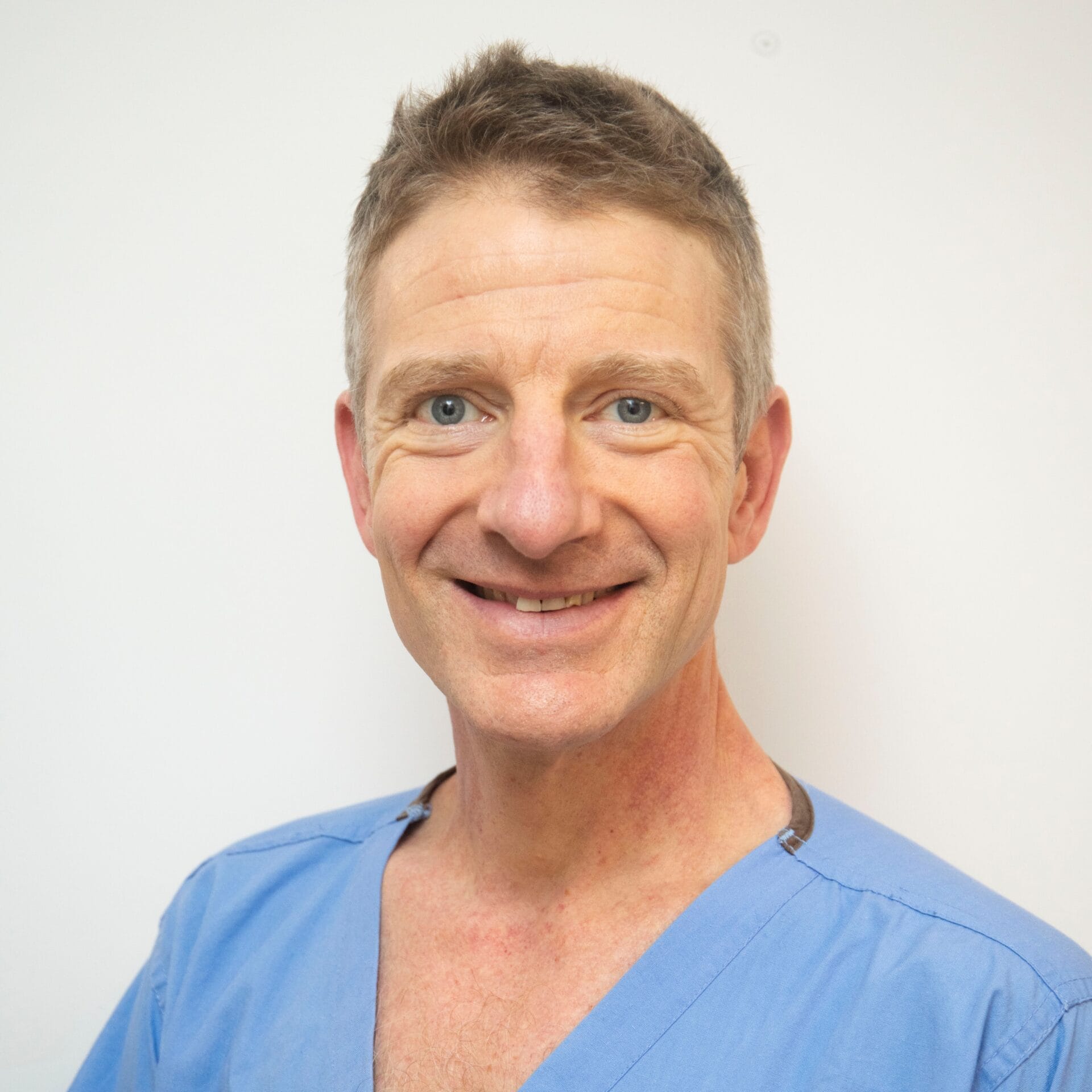Rotator Cuff Repair
The most successful surgical procedure of all time, performed at SWLEOC by
leading UK surgeons.
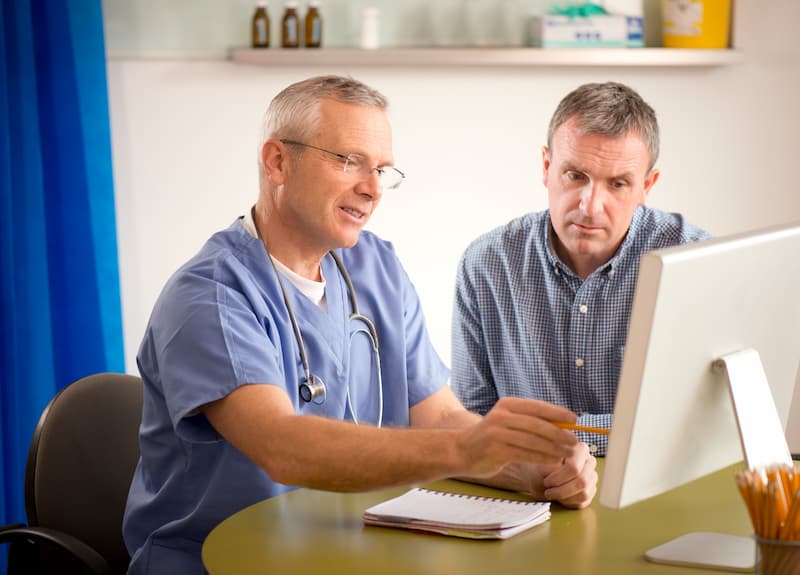
Introduction
A rotator cuff repair is performed when the patient has pain and loses power and movement in their shoulder after the rotator cuff tendons are torn.
Why would I need a rotator cuff repair?
1.
Torn rotator cuff tendon with
2.
Pain not controlled by non-surgical measures
3.
Loss of function of the shoulder
Risks
All surgical procedures have risks associated with them, some of the specific ones are listed below. You will have a detailed discussion with your surgeon and there is a video to watch here....
- Failure to relieve symptoms (less than 10%)
- Stiffness (frozen shoulder) (1 in 100)
- Infection (less than 1 in 1000)
- Nerve damage (less than 1 in 1000)
Recovery time
4-6 weeks
4-6 weeks in a sling
8 weeks
8 weeks basic range of motion work with the physiotherapist
3 months
3 months strengthening




